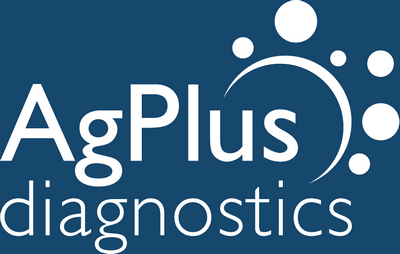Key Points
From 26 May 2022, all new IVD (In vitro Diagnostics) products will have to comply to the IVDR (In vitro Diagnostics Regulations- IVDR). Certificates issued under the IVDD may be valid up to 27 May 2024, while the requirements of the new Regulation relating to post-market surveillance, vigilance, and the registration of economic operators and devices shall apply fromthe DoA (Date of Application).
Important challenges for SMEs ahead while implementing IVDR include - not enough designated notified bodies, the volume of technical documentation and constantly updating documentation throughout the lifecycle of the product.
The requirements of the IVDR need to be fulfilled by the manufacturer (non-exhaustive list - see table 1). However, exceptions/adaptations are possible/necessary, particularly because EUDAMED may not be fully functional before the DoA.
Introduction
The EU regulation 2017/746 of the European Parliament and of the Council on In vitro Diagnostic medical devices IVDR entered into force on 26 May 2017 and this regulation will replace the EU's current Directive on In vitro Diagnostic medical devices (98/79/EC).
All currently approved manufacturers of In vitro Diagnostic devices must be recertified in accordance with the new requirements by 26 May 2022. Products already certified by the Notified Body (NB) may be placed on the market for further 2 years under some conditions, e.g. the certificate issued under the IVDD is still valid and subject to surveillance by the Notified Body who had issued it and no significant changes to the product are made.
However, these new regulations have a huge impact on In vitro Diagnostics industry especially for Small and Medium Enterprises (SMEs). While the In vitro Diagnostics Directive (IVDD) required devices to be CE marked before placing on the market, the regulatory requirements were lenient for most devices, with no clinical evidence required.
This white paper is available to our partners and associates.
Please login or subscribe to download the white paper:

